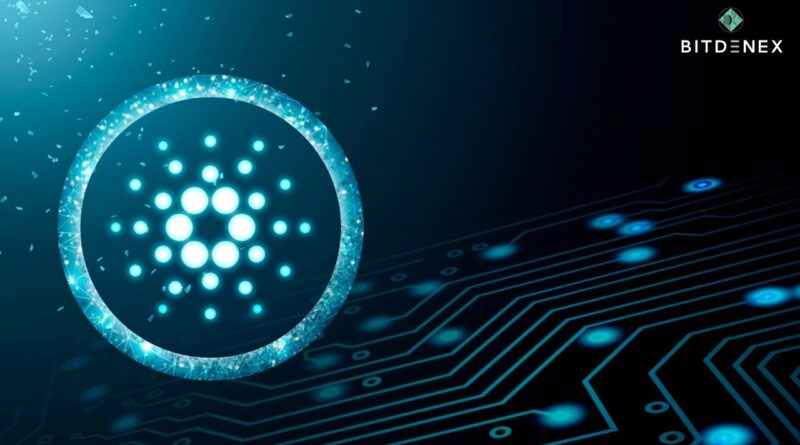Cardano(ADA) network activity and ADA’s oversold price action hint at a powerful breakout
On-chain growth, an increase in DeFi adoption, and a strong technical outlook could all point to an ADA price breakout.
The United States Securities and Exchange Commission (SEC) classified Caradano’s native gas-paying token as a security in its cases against Binance and Coinbase at the beginning of June. Within a few days of the lawsuit, the price of ADA fell 42.5% from $0.37 to a two-year low of $0.21. Furthermore, the coin was subjected to additional selling pressure after being delisted from the U.S.-based trading applications Robinhood and eToro. Under the hood, however, the network has been making headway, with an increase in decentralized finance (DeFi) activities following a scalability update in May.
Cardano’s DeFi ecosystem is blooming
Cardano has received some criticism over the years for ongoing delays and network improvements. Cardano’s founder, Charles Hoskinson, blamed the setbacks on “betting on the wrong technology and being a little ambitious with the roadmap” in an interview with Cointelegraph, despite the fact that 85% of the initial roadmap had been fulfilled.
Nonetheless, the network experienced an increase in traffic following the implementation of the long-awaited scalability update Hydra, which was introduced in the first week of May 2023. Following the upgrade, total fees paid on Cardano reached a one-year high before plummeting due to the SEC’s complaint. However, activity has been steadily increasing over the last few weeks.
According to DefiLlama data, the total ADA deposited in DeFi applications on Cardano has increased significantly, surpassing twice its peak value during the 2021 bull market. Trading volumes on Cardano decentralized exchanges have also increased significantly since the Hydra upgrade in May. Hydra is a layer-2 scaling solution that processes transactions on a sidechain to boost the throughput and scalability of the Cardano blockchain. Furthermore, according to a Jarvis Labs analysis, ADA is one of the most “decentralized L1s out there” based on the Nakamoto coefficient, which evaluates the smallest number of entities controlling 33.33% of all coins staked in the network.
A higher degree of decentralization will favour Cardano in determining whether it is a security in the United States. In the analysis, Jarvis Labs’ pseudonymous analyst Kodi wrote, “Cardano’s not dead, but very much alive, kicking, and ready to throw down in the next bull run.”
ADA price analysis
Sentiment, an on-chain analytics firm, reported a “high amount of sales at lower prices” in the first week of July, as prices began to rise towards the $0.30 resistance level. Profit-booking levels, according to sentiment analysts, were oversold, “increasing the chances of bounces.” According to CoinGlass funding rate data for perpetual swap contracts, most traders maintained short positions in ADA, betting on a drop following the regulatory crackdown. Massive sell-offs and negative sentiment may give rise to a short- to medium-term price resurgence.
Technically, after bottoming at roughly $0.21 in June, the ADA/USD pair has produced higher lows, indicating that buyers are scooping up the token on dips. Buyers will be able to convert the horizontal resistance level at $0.30 into support, confirming the upward trend.
The ADA/BTC pair appears to be nearing a bottom, with its weekly relative strength index signal falling into oversold territory and the pair testing the long-term support and resistance levels of 0.00000956. Bitcoin The SEC’s lawsuit, delistings from US-based trading apps, and unfavorable sentiment have all hampered ADA’s expansion, but there are indicators that the network is still moving forward.
Buy and sell crypto in minutes with 0.20% trading fees at Bitdenex Exchange.

